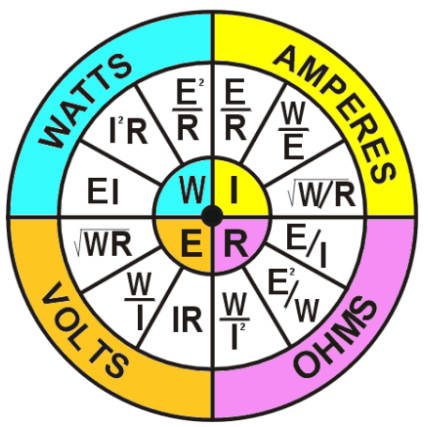S
swarfrat
Guest
#1 could be slightly misleading. The time delta between speakers in series is so infinitesimal as to be zero in practical terms. It's certainly nothing compared to the stuff you still can't hear unless your name is Fagen or McDonald like time delays caused by driver alignment.
There can be a difference between the inductance, resistance and capacitance of the speakers in parallel vs series, but this is hugely dependent on the amp circuit its in and still very slight. For all us regular joes, the only difference in series vs parallel is 1) achieving the desire impedance, 2) the christmas tree light syndrome - in series one goes out they all go out. (Not arguing that in favor of parallel, just a fact of life. If you have four 4 Ohm speakers, you're gonna have to do series or series parallel unless your amp can handle a 1 ohm load. )
There can be a difference between the inductance, resistance and capacitance of the speakers in parallel vs series, but this is hugely dependent on the amp circuit its in and still very slight. For all us regular joes, the only difference in series vs parallel is 1) achieving the desire impedance, 2) the christmas tree light syndrome - in series one goes out they all go out. (Not arguing that in favor of parallel, just a fact of life. If you have four 4 Ohm speakers, you're gonna have to do series or series parallel unless your amp can handle a 1 ohm load. )



